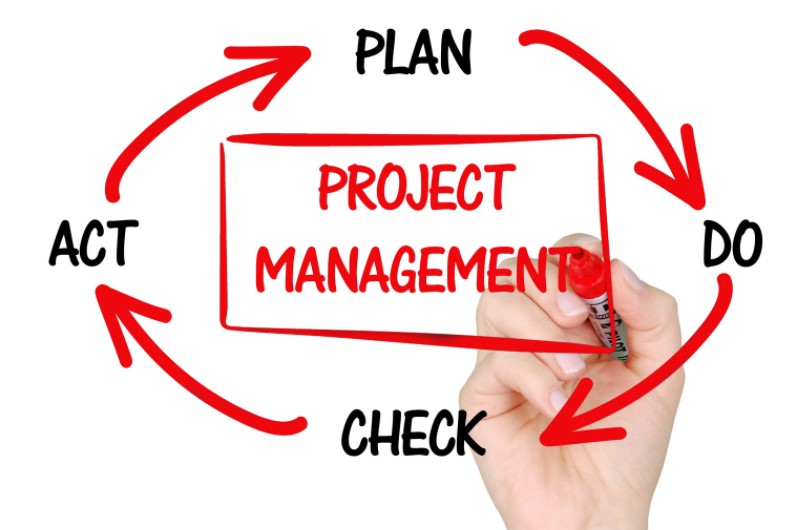Project managers, freelancers, and business leaders of today must keep up with emerging technology and management trends. Even experienced managers may feel overwhelmed by the number of rules, acronyms, and principles associated with project management methodologies.
We live in a world where we are constantly confronted with new scenarios and projects in our daily work lives.
In this content, we are here to describe the project management tools and techniques that all should have knowledge about.
So here we set off-
Tools to comprehend the complexities
The variables eventually have an impact on us to the point where productivity suffers on multiple levels. We simply cannot comprehend along with such complexities, even if we have a proper strategy or a leader with an effective mindset to guide us through the ordeal.
All the proven strategies and tools are absolutely necessary so that we can get the job done without spending more and more of our revenue and manpower, because if we spend that much energy on work activities without a clear direction in mind, we will be in big trouble later on.
One-size-fits-all technique
When it comes to project management tools and techniques, there is no such thing as a one-size-fits-all technique or foolproof tool that can be used in every project of every organization.
Your decision should be based on the project specifics contained in the brief, the project’s complexity level, the nature and qualification of the team involved in the development, and a plethora of other factors.
Classical technique
The classical technique is an incredible procedure that includes a proper plan to cover all of the upcoming work activities, which tasks are to be performed and what should be the chain of application that defines.
Waterfall technique
The Waterfall technique is based on your project management tasks being handled in a properly sequential manner, with the next task only being performed and performed well after the previous task has been completed.
Agile management technique
The Agile project management technique is used in projects that are developed in short but precise increments by small but highly collaborative teams.
Rational Unified Process
Rational Unified Process is a fantastic framework that was created specifically for the software market, where software development teams and the projects they work on can benefit from it and achieve the best results possible.
Critical Path Technique
Critical Path Technique is more commonly used for large, complex projects with many different tasks. And the development team has no idea what to work on first in order to meet deadlines and finish the project on time without wasting valuable time and energy on doing everything at once, which usually results in them completing nothing.
Final words
Project management tools and techniques define the workflow and how the project will take shape, but it is always up to the tools to put those techniques into action and help you achieve those sweet results. So, start exploring to find the best tools and techniques for your project.

